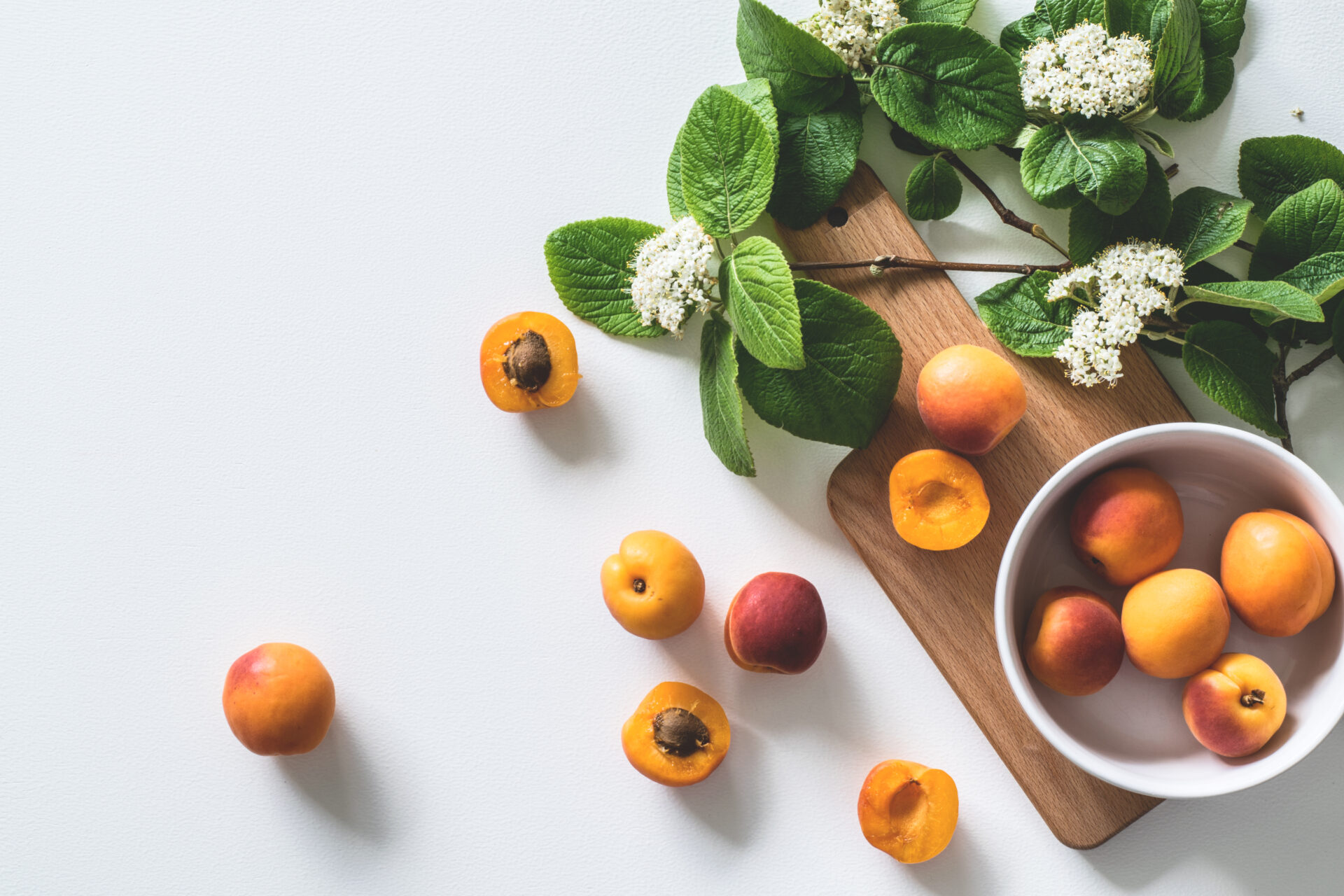Miracle fruit is an exotic tropical plant that produces a sweet, flavorful berry. This rare fruit has been used for centuries in traditional medicine and is now becoming popular in home gardens. Growing miracle fruit is relatively easy, but it does require some special care and attention. With the right conditions and a bit of patience, you can have delicious miracle fruits growing in your own backyard. In this guide, we’ll explain everything you need to know about how to grow miracle fruit successfully.Miracle Fruit is a small red berry native to West Africa. It contains a glycoprotein called miraculin, which has the unique property of temporarily altering taste perception. When the fruit is eaten, sour and bitter foods taste sweet. The effect can last for up to an hour after the fruit is consumed. Miracle Fruit has been used as a natural sugar substitute for centuries.
Miracle Fruit Plant Care
Caring for a miracle fruit plant can be easy and rewarding. Miracle fruit plants are tropical shrubs that produce an unusual berry with a unique flavor. The taste of the berry is often described as a combination of sweet and sour, with a hint of citrus. When the berry is eaten, it alters the taste receptors on the tongue, making sour foods seem sweet for up to an hour after eating it. Miracle fruit plants are relatively easy to care for, but they do require some special attention in order to keep them healthy and productive. Here are some tips for caring for your miracle fruit plant:
First, make sure your miracle fruit plant is planted in well-draining soil in a location that gets plenty of sunlight. Miracle fruit plants prefer full sun for at least 6 hours per day, so make sure you place it in an area where it will get enough light. If you need to shade your plant from direct sunlight, use shade cloth or another type of material that will allow some light through.
The next step in caring for your miracle fruit plant is making sure it gets enough water and nutrients. Water your plant regularly, making sure the soil does not dry out completely between waterings. You should also fertilize your plant every few weeks with a balanced fertilizer formulated specifically for fruit-bearing plants. This will help ensure that your plant has all the nutrients it needs to produce healthy berries.
Finally, you should prune your miracle fruit plant regularly to encourage new growth and keep its size under control. Prune away any dead or damaged branches as well as any branches that are growing too close together or blocking other branches from getting sunlight. Trimming away excess foliage will also help increase air circulation and reduce the chance of fungal diseases developing on the leaves or berries of your miracle fruit plant.
Propagating Miracle Fruit
Miracle fruit, or Synsepalum dulcificum, is a tropical plant native to West Africa that is best known for its unique ability to make sour foods taste sweet. The berries of the miracle fruit contain a glycoprotein molecule called miraculin, which binds to the tongue’s taste buds and causes sour flavors to be perceived as sweet. Propagating miracle fruit from cuttings is relatively easy and a great way to start growing your own miracle fruit plants.
Begin by gathering your supplies. You will need a sharp pair of scissors or pruning shears, plastic bags, moist potting soil, rooting hormone (optional), and a few small pots or containers with drainage holes in the bottom. When selecting your cuttings for propagation, look for healthy branches with several leaves that have recently grown from the mother plant.
Once you have gathered your supplies, it’s time to take the cuttings. Cut off several 4-inch sections of stem from the mother plant just below a node (the place where leaves emerge). Make sure each cutting has at least two sets of leaves attached. Place each cutting in its own plastic bag and store in a cool location away from direct sunlight until you are ready to plant them.
To prepare the cuttings for planting, dip them into rooting hormone (optional) and gently shake off any excess powder or liquid. Fill each pot with moist potting soil and make an indentation in the center with your finger. Insert each cutting into the indentation and lightly press down around it to secure it in place. Water thoroughly so that water drains out the bottom of the pot.
Place all potted cuttings in indirect sunlight and keep soil consistently moist but not soggy until new growth appears (usually within 6-8 weeks). Once new growth appears you can begin fertilizing every other week using liquid fish emulsion fertilizer diluted according to package instructions. Miracle fruit plants require well-drained soil and should be repotted every two years into larger containers filled with fresh potting mix.
With some patience and care, propagating miracle fruit from cuttings is a great way to start growing your own miracle fruit plants at home!
Preparing Soil for Miracle Fruit Plants
It is important to properly prepare the soil for miracle fruit plants in order to ensure they receive the necessary nutrients and moisture for healthy growth. Miracle fruit plants prefer soil that is well-draining and high in organic matter. The best way to achieve this is by adding compost or peat moss, both of which will help to improve the structure of the soil so that it can hold on to more moisture. Additionally, you should ensure that the soil pH is between 6.0 and 7.0 as miracle fruit plants prefer slightly acidic soils.
If your soil does not meet these requirements, you can amend it with a mixture of sand and compost or peat moss until it reaches the desired pH level. You may also wish to add fertilizer to provide your miracle fruit plants with additional nutrients such as nitrogen, phosphorus, and potassium. It is important to select a fertilizer that is specifically formulated for acid-loving plants so that your miracle fruit plants receive all of the nutrition they need without becoming over-fertilized.
Once your soil has been amended, you should test it again before planting your miracle fruit plants. If the pH level is still not in the desired range, you can adjust it by adding either lime or sulfur depending on whether you need to make it more alkaline or more acidic respectively. After any adjustments have been made, make sure that you mix the amendments into the top 8-12 inches of soil before planting your miracle fruit plants as deeper amendments may take longer to be absorbed by the roots of your plant.
Identifying Pests and Diseases in Miracle Fruit Trees
Miracle fruit trees are a popular addition to many gardens and orchards. They are low maintenance and produce a sweet fruit that can be used in many different recipes. While these trees are generally hardy, they can be susceptible to pests and diseases if not properly cared for. It is important to identify any problems quickly so that they can be treated before the damage becomes too severe.
Pests are one of the biggest concerns when it comes to miracle fruit trees. Common pests include aphids, mealybugs, scale insects, thrips, whiteflies, and mites. These pests feed on the leaves and stems of the tree, causing them to become yellow or brown in color. If left untreated, these pests can cause significant damage to the tree and its fruits.
The most common disease affecting miracle fruit trees is powdery mildew. This fungus causes white spots on the leaves of the tree which can quickly spread if not treated promptly. In extreme cases, it can cause leaf drop which will reduce yield significantly. Other fungal diseases such as wilt and root rot can also affect miracle fruit trees but they are much less common than powdery mildew.
It is important to inspect your miracle fruit trees regularly for signs of pests or diseases so that they can be treated as soon as possible. If you notice any issues with your tree, contact a certified arborist who will be able to diagnose the problem and recommend a course of treatment that is best suited for your particular situation. With proper care and attention, you should be able to enjoy a healthy crop of miracle fruits for years to come!

Pruning Miracle Fruit Trees
Pruning is an important part of caring for your miracle fruit tree and will help it grow healthy and strong. Pruning is best done when the tree is dormant, usually in late winter or early spring. Pruning should be done in stages, with the first pruning removing any dead or damaged branches. This will encourage new growth, as well as help keep the tree balanced and looking its best. The second pruning should be done to shape the tree, removing any crossing branches, or those growing towards the center of the tree. After that, regular pruning should be done to remove any new shoots that are growing too quickly, as well as any diseased branches. Miracle fruit trees can also benefit from some light trimming during summer months to keep them looking neat and tidy. It’s important to remember to never prune more than one-third of a branch at a time, so the remaining branch has enough leaves to support new growth.
When pruning your miracle fruit tree, make sure you have sharp tools that are clean and free from rust or other contaminants. When cutting back a branch, make sure to cut just above a bud facing outwards so new growth will be directed away from the center of the tree. Also be sure not to leave any stubs behind – cut all branches flush with the trunk or another branch. Finally, always use caution when working near electrical lines or other potential hazards while pruning.
By following these tips on how to properly prune your miracle fruit tree, you can ensure it looks its best and stays healthy for years to come!
Fertilizing Miracle Fruit Trees
Fertilizing miracle fruit trees is an important part of keeping them healthy and productive. Miracle fruit trees are highly adaptable and can thrive with proper care and fertilization. The best time to fertilize is during the growing season, usually in spring or early summer. Miracle fruit trees require a balanced fertilizer, such as a 10-10-10 or 8-8-8 mixture, which contains equal parts nitrogen, phosphorus, and potassium. Additionally, it is important to use a slow-release fertilizer so that the nutrients are released over a longer period of time. It is also recommended to add a light layer of organic mulch around the base of the tree to help retain moisture and keep weeds away.
When applying fertilizer, it is best to spread it evenly around the base of the tree in a wide circle about one foot out from the trunk. Avoid getting any fertilizer on the leaves or stems as this could damage them. Depending on soil conditions, you may need to fertilize two or three times each year, with each application being about one month apart. Miracle fruit trees are generally very tolerant of over-fertilization but it is still important to follow the directions on your chosen fertilizer for best results.
Miracle fruit trees are an excellent addition to any garden or landscape. With proper care and attention they will produce delicious fruits for many years. Fertilizing your miracle fruit tree regularly will ensure that it remains healthy and productive for years to come!
Water Requirements for Growing Miracle Fruits
Miracle fruits (Synsepalum dulcificum) are small red berries that have the unique ability to make sour foods taste sweet. They are native to parts of West Africa, and their cultivation is becoming more popular around the world. Miracle fruits require special care and attention in order to grow and produce the maximum yield. In particular, adequate water is essential for successful growth and fruiting of these unique plants.
Miracle fruit plants need plenty of water in order to stay healthy and produce fruit. As a tropical plant, miracle fruits should be watered regularly throughout the growing season, usually at least once a week. The amount of water needed depends on the climate; if it’s hot and dry, they may need more frequent watering. It’s important to ensure that the soil does not become too dry; if it does, the plant may suffer from drought stress which can cause leaves to turn yellow or even fall off. If possible, mulch around the base of the plant to help retain moisture in hotter climates.
When watering miracle fruit plants, make sure that you are providing enough water for them to get established but not so much that they become waterlogged or soggy. If there is standing water around the base of the plants after watering then you should reduce how much you’re giving them or adjust your watering schedule accordingly. Too much water can lead to root rot which can be fatal for these delicate plants.
Overall, it’s important to provide regular, consistent watering for your miracle fruit plants in order for them to thrive and produce the best quality fruit possible. Make sure you are providing adequate moisture without overdoing it; a little bit of trial and error will help you find what works best in your particular climate conditions. Once you have figured out a good watering routine for your miracle fruits, stick with it!

Conclusion
Growing miracle fruit is a rewarding experience that can provide you with a unique and delicious treat. As it is considered an exotic fruit, it requires special care and attention, but the results are worth it. Miracle fruit needs plenty of sunlight and warm temperatures, as well as well-draining soil, to thrive. It is important to prune the bushes regularly to encourage healthy growth and allow for proper air circulation. Miracle fruit can be propagated from cuttings or by air layering, which allows you to easily increase your yields. With a little bit of effort and diligence, you can grow your own miracle fruit and enjoy its unique flavor year-round!
In conclusion, miracle fruit is an exotic and unique crop that can be grown in the home garden with some extra effort. With the right conditions and proper care, you can grow your own miracle fruit that will reward you with its sweet flavor for years to come. Allowing for plenty of sunlight, warm temperatures, well-draining soil, regular pruning, and propagation methods such as cuttings or air layering are all key factors in successful growing of this delicious crop.



